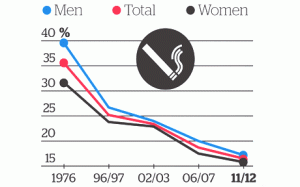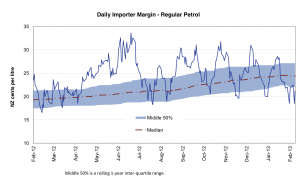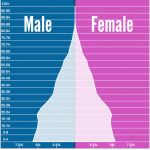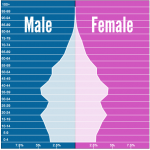There’s a new paper out in PLoS Medicine that’s starting to show up in overseas news and will probably turn up here soon. The researchers looked at painkillers (non-steroidal anti-inflammatory drugs, NSAIDS) that have been shown to increase heart disease risk, and how they are used around the world.
The background here is that NSAIDS block two related enzymes, COX-1 and COX-2. Blocking COX-2 reduces pain and inflammation; blocking COX-1 decreases blood clotting and leads to gastrointestinal upset and potentially to ulcers. That’s an obvious reason to look for drugs that just block COX-2, and researchers did this. The best known example is rofecoxib, or as it’s known in marketing, Vioxx.
It turns out that selectively blocking COX-2 is not as good an idea as it seemed, and leads to an increase in heart attacks, strokes, and lawsuits. Vioxx is off the market pretty much everywhere now, but there are some older NSAIDS that were popular because they caused less stomach irritation, and these also turn out to be selective blockers of COX-2. In the light of what was seen for Vioxx and Celebrex, you might expect these drugs also to increase heart attack risk, and the new paper summarises randomised trial data that shows they probably do. The most important example is diclofenac, which is apparently the world’s most popular painkiller. It’s certainly one of the most popular in New Zealand pharmacies, where it’s called Voltaren.
The research paper estimates that diclofenac increases heart attack risk by about 40% while you’re taking it. They don’t know how long you need to take it before the risk increases, but if the side-effect is related to blood clotting, it’s plausible that the risk is more or less immediate. The researchers argue that diclofenac should be banned, which seems a bit extreme; the increased heart attack risk is a real issue for some users, but not necessarily for others. If you’re a 30-year old athlete training every day, your heart attack risk is roughly zero, so increasing it by a factor of 1.4 isn’t a big deal, and the lower risk of stomach irritation might well be worth it. On the other hand, a lot of people who take NSAIDS regularly for arthritis are at relatively high risk of heart attack and so their risk/benefit tradeoff is very much against diclofenac.
The real problem here is that no-one thought to do any thorough studies of long-term safety for these drugs when they were developed. Even for the new COX-2 inhibitors such as rofecoxib and celecoxib, the trials that told us about cardiovascular risk were mostly being done not for safety but to look for other potential (but not actual) benefits in Alzheimer’s Disease or in colon cancer prevention. The world’s regulatory agencies are pretty good at making sure that drugs don’t get approved unless they work, but the regulation of safety is a lot more difficult and is done a lot less well.
[ps: environmentalists may recall that diclofenac is also really bad for vultures]
[Update: now in Stuff, and the Herald]






